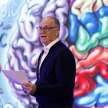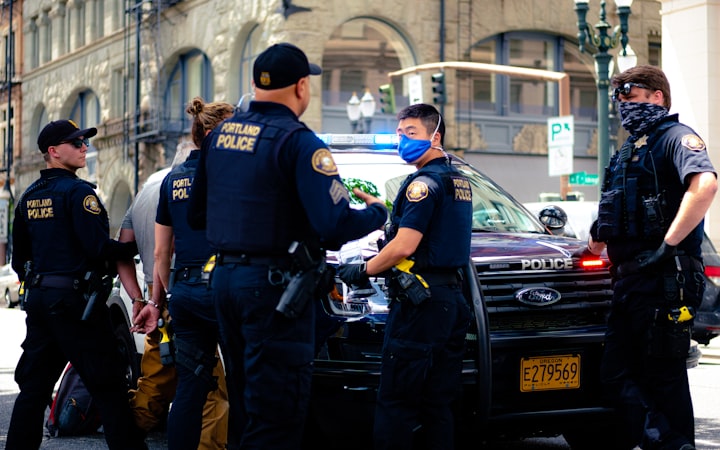Broken Windows Theory
How New York Transformed itself

In the 1980s crime in New York City had reached almost epidemic proportions. Apparently, New York was suffering by increased immigration and as a result a much younger population and, added to that, New Yorkers were hit hard by welfare cuts. It wasn’t safe to travel the subway and you would be advised not to go to certain areas, particularly after dark. Yet, by the end of the 1990s the city had cleaned up its act and saw a dramatic fall in the rate of crime.

At that time, it was believed that crime was contagious. It can start with something small and spread to an entire community. But somehow New York City found a method of reversing that trend. That method was something called “The Broken Windows Theory.”
Originally suggested by criminologists James Q Wilson and George L Kelling in March 1982 in The Atlantic Monthly, Broken Windows Theory, suggested that if you target minor crimes and misdemeanours such as vandalism, public drinking, and fare evasion you help to create an atmosphere of order and lawfulness, thereby preventing much more serious crimes.
“Social psychologists and police officers tend to agree that if a window in a building is broken and is left unrepaired, all the rest of the windows will soon be broken. This is as true in nice neighbourhoods as in rundown ones. Window-breaking does not necessarily occur on a large scale because some areas are inhabited by determined window-breakers whereas others are populated by window-lovers; rather, one unrepaired broken window is a signal that no one cares, and so breaking more windows costs nothing.”
So, what they were suggesting was that if you leave small misdemeanours unchecked, this will signal to others that anything goes and the crimes get bigger. If criminals don’t think they will be caught or identified and the prevailing environment doesn’t care they will continue to commit crimes and the crimes will get worse.

This ties in with the research carried out in 1960 Jane Jacobs' and published in her book, The Death and Life of Great American Cities. She argued that modernist urban planning overlooked and oversimplified the complexity of human lives in diverse communities. Residents' and non-residents' contribute to maintaining order on the street, and local businesses, institutions, and convenience stores provide a sense of having "eyes on the street."
It also suggests that the impetus to engage in social behaviour doesn’t just come from a person, but as a feature of their environment.
So, what did NYC do?
In the mid-1980’s they hired David Gunn and William J. Bratton to head the New York City Transit Police. Bratton, who was influenced the Broken Windows Theory, began by systematically cleaning all the rolling stock of the Subway system of graffiti. No train was allowed to leave if it hadn’t been scrubbed clean. They had to win the battle of the graffiti which they felt was symbolic of the system collapse.
Then they started to crack down on all fare dodgers by placing plain-clothed policemen at the barriers. They believed that fare-dodging was a symptomatic expression of the disorder that engendered more serious crimes. It seemed that people rationalised that if some people could get away with it, why shouldn’t they also.

Now, it may seem a waste of police resources, considering that at that time a ticket was only $1.25, and it may seem that perhaps the police would do better by tackling more serious crimes. But, because they then checked everyone who was detained they found many criminals who had absconded and they made a massive haul of dangerous weapons.
In 1994 after the election of Rudy Giuliani, Bratton was appointed to head of NYPD and he applied the same simple strategies to New York. They cracked down on small misdemeanours and they cracked down on so-called “quality-of-life” crimes. What they proved that these “quality-of-life” crimes were the tipping point for violent crime.
Oscar Newman in his 1972 book Defensible Space, argued that although police work is crucial to crime prevention, police authority is not enough to maintain a safe and crime-free city. People in the community help with crime prevention. This ties in very closely to the theory proposed by Jane Jacobs. Newman proposes that people care for and protect spaces they feel invested in, arguing that an area is eventually safer if the people feel a sense of ownership and responsibility towards the area.
What’s interesting here is that it would seem that our environments and the respect and care we give them have a massive effect on how we behave in those communities and towards other people. We are acutely sensitive to our environments and to all sorts of different cues to our perception of the world around us.
Little things really do matter.
www.charlesleon.uk







Comments
There are no comments for this story
Be the first to respond and start the conversation.